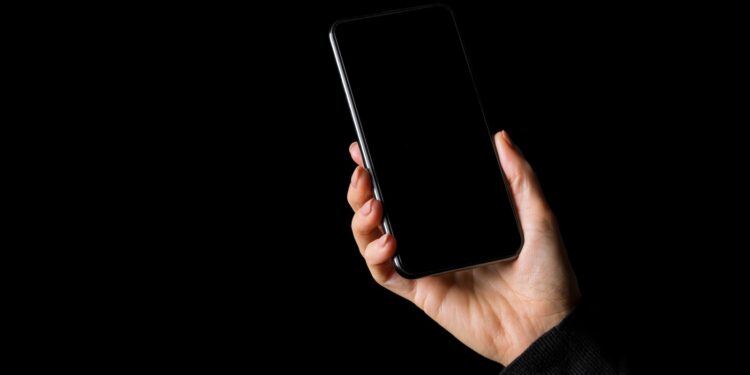Apple unveiled many details about the upcoming iOS 26 at WWDC 2025. A small, almost casual remark in a developer session is now causing a stir – and could be the clearest hint yet of a foldable iPhone. The change affects the behavior of apps on new devices with unknown screen sizes. If you listen closely, you'll notice: Apple is adapting to new form factors.
When Apple prepares new hardware, hints often appear months in advance in developer tools and software documentation. This was the case with the iPad, the switch to Apple Silicon, and the Dynamic Island. A phrase in iOS 26 also stands out that has more significance than it first appears. In a developer session , it became clear: Apple no longer wants automatically scaled apps on devices with new screen sizes. This could be a problem for anyone who doesn't adapt their apps in time. And it could be a hint of an entirely new device class.
iOS 26 brings changes to the display of apps
Previously, when a new iPhone or iPad was released with a different screen format, older apps often ran in letterbox mode—with black bars—or were scaled to display correctly. Developers had to recompile their app with the latest SDK and submit it to the App Store to achieve native display on the new device. With the iOS 26 SDK, this behavior changes. Apple says:
Once you build and submit with the iOS 26 SDK, the system will no longer scale your app's UI to a new screen size or insert black bars.
- This means that starting with iOS 26, the responsibility lies squarely with the developers. If an app isn't built flexibly enough, it won't be artificially adapted to new devices. There's no longer any automatic protection provided by the operating system.
Why this points to a foldable iPhone
The phrase "new hardware" combined with "non-standard screen sizes" is striking. Apple rarely uses such statements without reason. In the past, similar SDK changes have always been introduced when a completely new form factor was on the way. With the iPad, for example, UI adjustments were visible in the tools long in advance. Currently, rumors of a foldable iPhone are persistent. A leak on the Chinese platform Weibo provides further details: The prototype is said to have two displays. The inner screen uses an under-display camera and has an aspect ratio of 14.1:10. The outer screen has a punch-hole design with a ratio of 14.6:10. The fingerprint sensor is mounted on the side. These screen proportions are unusual for Apple devices.
- For comparison: Modern iPhones typically use a 19.5:9 aspect ratio, while older models use 16:9. iPads have either 4:3 or 16:23, depending on the model. This shows that Apple is testing a device with a completely new display format. The new SDK behavior could have been created precisely for this purpose. Letterboxing on a foldable screen would massively disrupt the user experience. Native display from day one is important.
What this means for developers
If you're developing apps for iOS, you need to act now. iOS 26 makes it clear that there will no longer be a compatibility mode. Your app must flexibly support all screen sizes and ratios from the start. Otherwise, it may display incorrectly on new devices—and that looks unprofessional. Apple strongly recommends designing the user interface to adapt dynamically. With Auto Layout, Size Classes, and SwiftUI, this is technically possible—but it requires attention and care in the design.
What does this mean for everyone else?
Even if you're not a developer, this change is interesting. It shows that Apple has been working internally on new hardware for a long time, one that differs significantly from previous devices. A foldable iPhone fits perfectly into this scenario. The fact that Apple is now adapting the SDK shows that the new hardware may not be far away.
iOS 26 as preparation for new device classes
iOS 26 brings with it a subtle but significant change. Apps will no longer automatically adapt to new screen sizes. The responsibility lies with the developers—and the reason for this change could be a foldable iPhone. Apple is preparing for new display formats, and the software is already being adapted for them. If you've been following developments closely, it's clear: the next big step in iPhone development is just around the corner. (Image: Shutterstock / Kaspars Grinvalds)
- iPhone Fold: Why Apple's foldable phone is ahead of the competition
- iPhone Fold: The surprising solution for mini lovers?
- The iPhone Fold is said to offer two key advantages
- iPhone Fold coming in 2026 – second generation follows in 2027
- Foldable iPhone to arrive in 2026 – what is known so far
- Apple's foldable iPhone: design, technology and launch
- Foldable iPhone: Thin design, strong battery life
- Apple's foldable iPhone is taking shape





